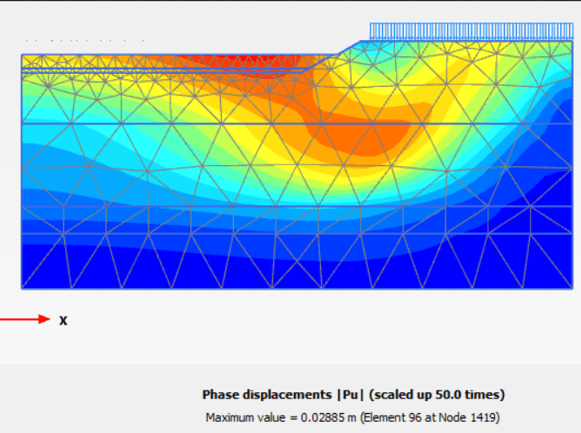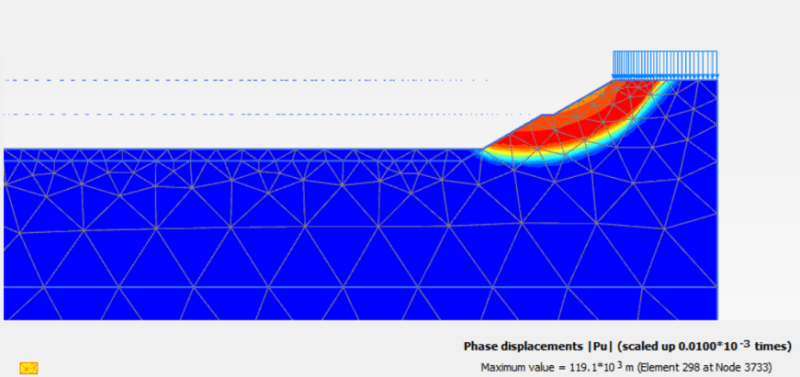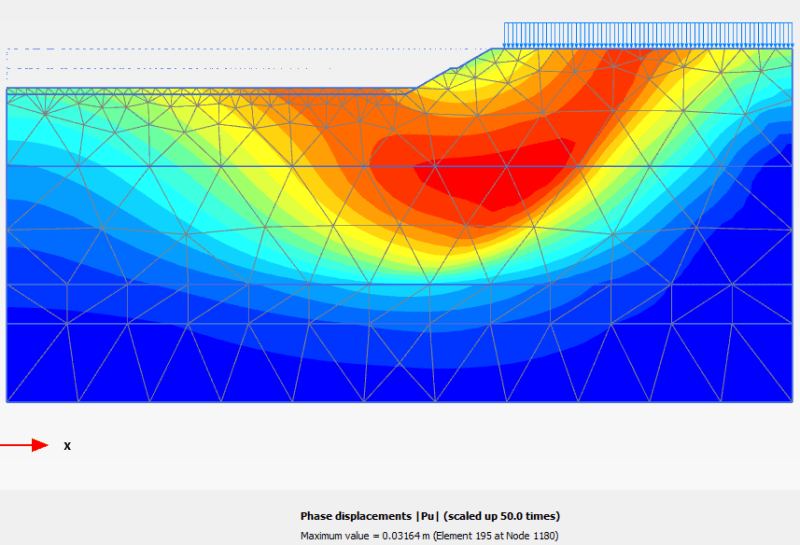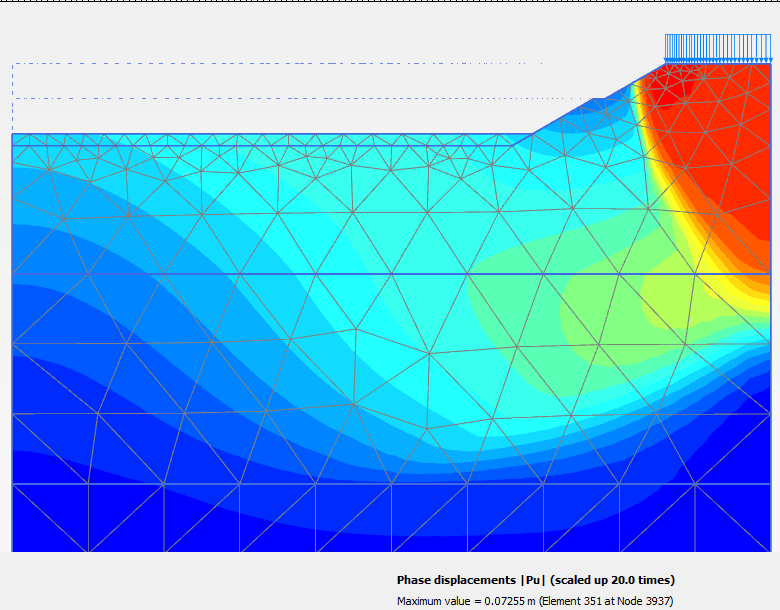dss975599
Civil/Environmental
- Dec 31, 2021
- 5
When I model an open up excavation in the computer model , I found that when the surcharge applied on slope is long enough , the soil movement (downwards under the surcharge region) is lower , when I model the short region of surcharge, I found that the soil movement underneath the region of surcharge is higher.
I just don't understand this situation , can someone help to explain it?
The top region is soft clay, excavation happens in soft clay, underlain is hard layer of soil.


I just don't understand this situation , can someone help to explain it?
The top region is soft clay, excavation happens in soft clay, underlain is hard layer of soil.




